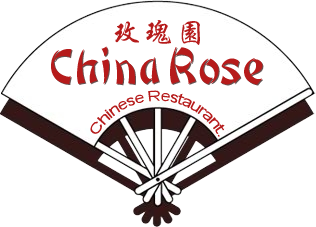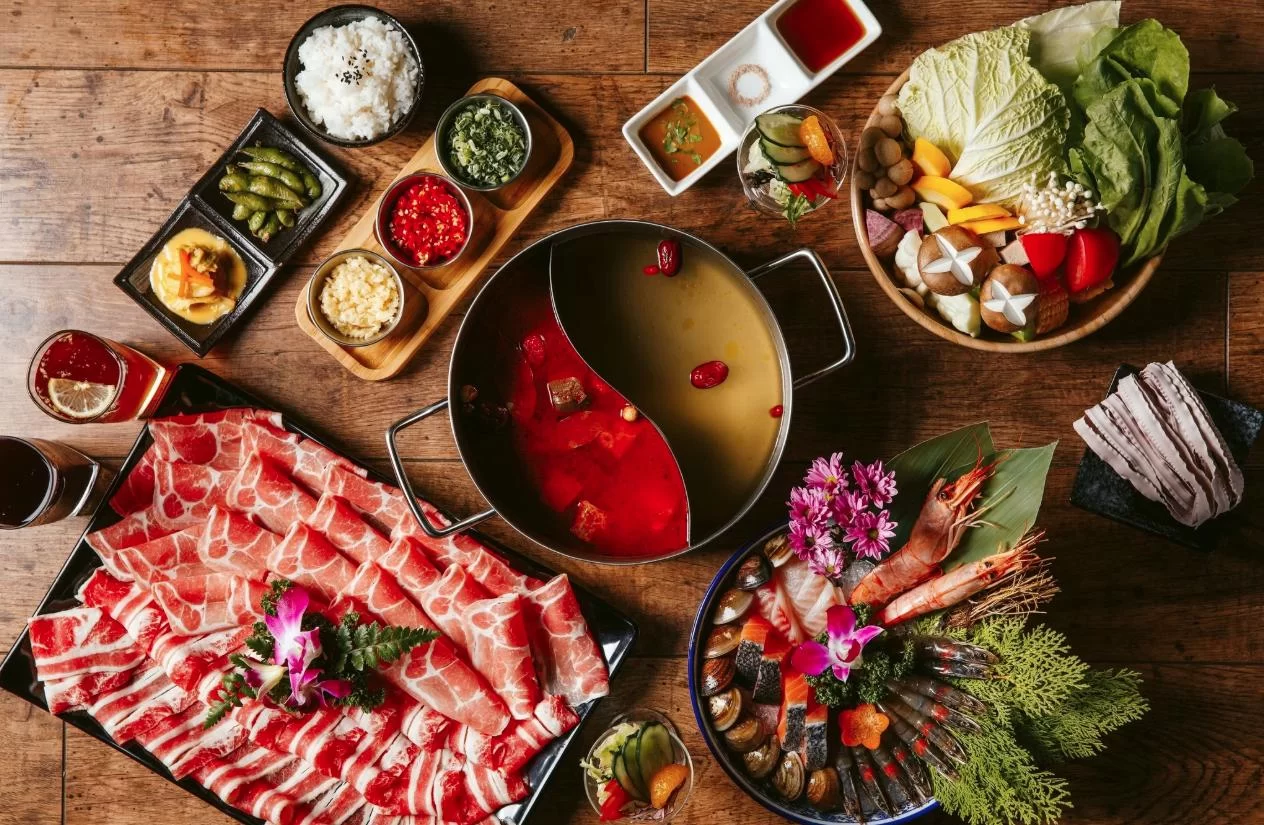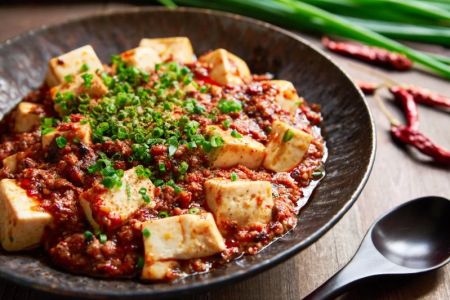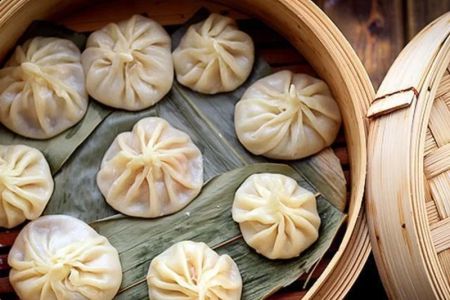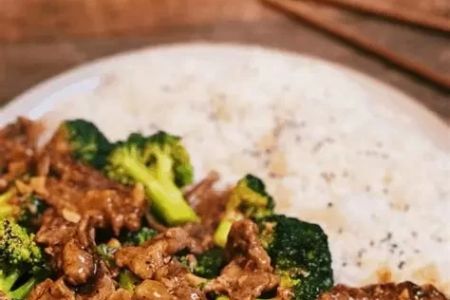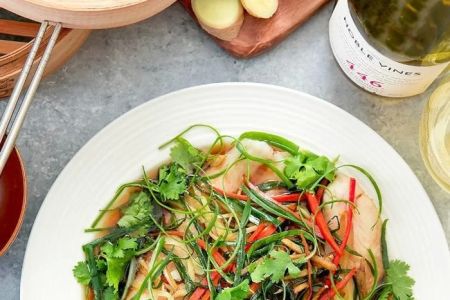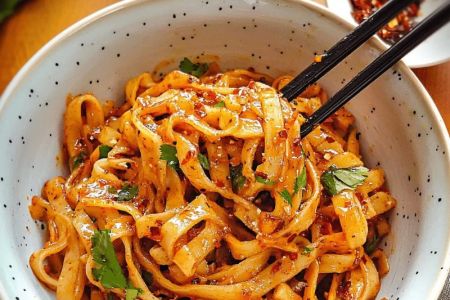- 1 - The Role of Acidity in Chinese Cooking
- 2 - Different Types of Chinese Vinegar and Their Uses
- 3 - How Vinegar Balances Flavors in Classic Dishes
- 4 - Cultural and Historical Perspective of Vinegar in China
- 5 - Modern Trends and Experiments with Acidity
- 6 - Practical Cooking Tips for Home Cooks
- 7 - Where to Find Authentic Chinese Vinegar
1. The Role of Acidity in Chinese Cooking
Acidity is often the hidden hero in Chinese cuisine. While spice, umami, and sweetness usually steal the spotlight, vinegar brings balance, cutting through richness and enhancing depth. The importance of acidity in Chinese cooking cannot be overstated: it transforms heavy dishes into bright, refreshing meals. For chefs and home cooks alike, understanding using vinegar to balance flavors is key to mastering authentic Chinese dishes.
2. Different Types of Chinese Vinegar and Their Uses
China has a rich variety of vinegars, each with distinct flavor profiles. The famous Zhenjiang black vinegar has a deep, smoky character and is often used in braised dishes or as a dipping sauce for dumplings. Rice vinegar provides a lighter acidity, perfect for sweet-and-sour recipes. Meanwhile, Shanxi aged vinegar is bold and complex, often compared to balsamic vinegar, making it ideal for robust stews. Each type has its own culinary role, and knowing which vinegar to use elevates a dish from ordinary to exceptional.
3. How Vinegar Balances Flavors in Classic Dishes
Vinegar is not just a background ingredient—it is central to many iconic Chinese recipes. In Sweet and Sour Pork, rice vinegar provides the necessary tang that balances sugar and tomato-based sweetness. In Hot and Sour Soup, the sharpness of black vinegar is what defines the dish, ensuring the chili heat does not overwhelm. A viral food blogger once noted how a splash of vinegar in braised pork belly cut through the richness so effectively that it turned a heavy dish into one diners couldn’t stop eating. These examples show that acidity is both practical and transformative.
4. Cultural and Historical Perspective of Vinegar in China
Vinegar has been a staple of Chinese kitchens for centuries. Historical records from the Han dynasty describe vinegar not only as a cooking ingredient but also as a medicinal tonic. In Shanxi province, where vinegar-making has been perfected for over 3,000 years, locals view it as part of their cultural identity. Traditional sayings even equate vinegar with life’s essential flavors, showing its symbolic importance in Chinese culture.
5. Modern Trends and Experiments with Acidity
In modern Chinese cooking, chefs experiment with acidity in innovative ways. Some combine Chinese vinegars with Western balsamic reductions, creating fusion dishes that appeal to global palates. On social media, cooking influencers often showcase the dramatic “vinegar steam effect” when black vinegar is poured into hot woks, instantly releasing a tangy aroma. These creative uses highlight how vinegar continues to adapt, while maintaining its essential role in balancing flavor.
6. Practical Cooking Tips for Home Cooks
For home cooks, vinegar should be used with precision. A splash too much can overpower, while too little fails to achieve balance. The best approach is to add gradually and taste along the way. Vinegar works particularly well when finishing a stir-fry or soup, as heat helps mellow sharp edges. Combining black vinegar with soy sauce and garlic makes an easy dipping sauce, while rice vinegar paired with sugar forms the base of a perfect sweet-and-sour glaze.
7. Where to Find Authentic Chinese Vinegar
Finding authentic Chinese vinegar outside of Asia can be challenging. While mainstream supermarkets may carry generic rice vinegar, specialty shops and online platforms provide access to higher-quality varieties. For those eager to cook true Chinese dishes at home, visiting Chinese Food ensures access to carefully selected vinegars and related condiments. Quality vinegar is what makes the difference between a dish that tastes flat and one that embodies the essence of Chinese cooking.
